Based on:

Disclaimer:
All the following information is based on the BlueInvest Investor Report, which combines market data with results from an investor survey conducted by BlueInvest. BlueInvest is a European Commission initiative launched in 2019 with the aim to accelerate new ocean-based technologies and solutions to unlock innovation and investment opportunities in the sustainable Blue Economy. It is funded by the European Maritime, Fisheries and Aquaculture Fund (EMFAF).
BLUE TECHNOLOGY & OCEAN OBSERVATION
Definition for the sector
The blue tech and ocean observation sector consists of activities involved in turning ocean data into ocean information for services, science, policymakers and management, and centres around data collection, modelling and prediction, as well as the supply of the associated instruments and infrastructure. Instruments include ocean sensing and imaging tools and new systems integration schemes; infrastructure includes marine robots, undersea cable observation systems, sensor-equipped submarine telecommunication and power cables, float arrays, fixed and mobile platforms, and ocean-going research vessels. All of these are supported by blue digital technologies.
In addition to ocean observation, there is also the observation of human activity in the ocean, carried out by subsectors such as maritime surveillance, security and defence, which are integral to EU and national agency efforts to safeguard European seas. Maritime defence focuses mostly on navies, while maritime security and surveillance ensure the safety of navigation, the technological and operational safety of ships and the rescue of people in distress.
DDC Strategy - Digitalize, Decarbonize, Circularise
The digital transformation of the sector and the data it generates enhances our understanding of ocean processes and the impacts of human activities affecting all ocean-related sectors. This knowledge allows for more targeted actions to improve ocean ecosystem health, predict climate change impacts, and increase resilience and adaptation. The maritime defence, through investments in innovation and improved surveillance technologies, also play a key role in the control and enforcement of conservation measures, including the use of satellites and drones to help achieve environmental preservation and decarbonisation targets.
Fórum Oceano Services for the sector
Business development and internationalization: market intelligence services; organization of business missions and matchmaking; support for investment initiatives; creation of ESG entrepreneurship and business acceleration programmes; support for business internationalization.
Business acceleration, entrepreneurship, digitalization and ESG innovation: implementation of European and extra-European projects focused on innovation ecosystems and networks; support services for the creation of ESG business models; ESG impact assessment services for companies and technologies; support for business financing; support for access to infrastructures for testing ESG technologies, products, and services.
Training, education, and literacy: Creation of technical and higher education training solutions; Development of blue literacy initiatives linked to ESG youth entrepreneurship and knowledge of ESG blue economy professions.
Organizing events and actions to communicate the ESG blue economy: Disseminating knowledge and good practices, fostering collaboration between stakeholders, and highlighting emerging opportunities in the ESG blue economy.
Strategic studies and public policy: Conducting strategic studies to define municipal, regional and national blue economy strategies.
Value Chain

Key Innovations and Technologies
| Innovation | Description | Value Proposition |
|---|---|---|
| Smart sensors for ocean monitoring and vessel recognition | Sensors equipped with technology that can process real-time data about environmental conditions, take measurements (e.g. of ocean salt content and temperatures) and provide a complete view of the underwater ecosystem and the real conditions a vessel is in. | Sensors, including those incorporated in the underwater cables, facilitate multilevel decision-making and enhance capacity to act locally and globally. Their output helps to solve problems of safety, security and environmental protection, and increases knowledge of the ocean. |
| Unmanned sea systems for data collection and surveillance tasks | Automated robots, drones used for onshore and offshore aerial missions, and water robots, which can be underwater or surface vehicles. The systems are capable of collecting real-time ocean data, and as such are used for inspections and exploration. | Data collection from the sea and coast allows for a better understanding of how changes in the ocean affect weather, climate, wildlife and other Blue Economy sectors, and support monitoring and surveillance tasks such as rescue missions, first-aid assistance and the inspection of illegal activities. |
| Float arrays & floating and fixed platforms for ocean observation | Floats and platforms that are capable of monitoring and sharing data about the current status of the ocean, and that support the operation and maintenance of offshore platforms for other purposes (e.g. wind turbines). | Floats are capable of measuring temperature and salinity throughout the world’s oceans and deliver data in real time, making it possible to fight climate change and its effects more efficiently. |
| Digital twin | Digital representations of the ocean compiled from real-time and historical data that can be used to monitor and predict interactions between natural phenomena and human activities. | Digital twins give us a better understanding of the past and present status of the ocean, allowing for credible predictions and therefore facilitating more informed decisions. |
| Digital technologies for ocean observation | Technologies such as high-performance computing (HPC), artificial intelligence (AI), big data and the internet of underwater things (IoUT) that enhance connectivity among underwater instruments and infrastructure, support the modelling and prediction of data and enhance the taxonomy of images and acoustics. | Applying these digital technologies to the ocean ecosystem can accelerate our understanding of the oceans and ensure that decisions are based on reliable, harmonised and verified data. These technologies also support monitoring activities and efforts to ensure the safety of maritime transport and the protection of marine environments. |
Blue Technology & Ocean Observation Markets Data


Blue Economy Barometer


Hub Azul Dealroom


Euronext Lisbon


Blue Invest

Fórum Oceano is the managing entity of the Portuguese Sea Cluster, certified and recognised by the Ministry of Economy and the Sea, the Ministry of National Defence and the Ministry of Planning and Infrastructure.
With the support of

Headquarters
Delegation
© 2025 Fórum Oceano. All rights reserved. Developed by Yacooba Labs












































